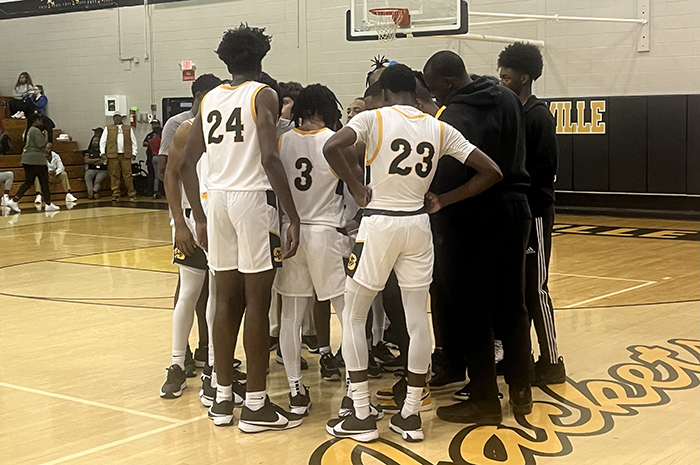Conversations with Sweet Thing No. 3, our third grandchild, grandson John David, are usually very thought-provoking.
Several months ago, as we were walking around the yard, we passed a site where we have dumped kitchen scraps for years. Several questions later, he decided we should be composting and not letting the varmints eat all that good stuff! After a brief Google search, an order was placed, and our dual-batch barrel tumbler was on the way. After the “billion trillion” screws were in place and righty-tighty-lefty-loosey skills were mastered, we started our summer science project.
Gardeners know healthy soil is one of the secrets to a beautiful flower garden or a successful vegetable garden. With a little effort, those leaves, eggshells, grass clippings and vegetable and fruit peelings can become rich soil to enhance your growing experience. Adding compost will improve the soil’s texture, water-holding capacity and fertility.
Composting also is very environmentally friendly. Organic waste, such as leaves and grass clippings, make up about 30% of the waste you are paying to go to the landfill. If you add paper products to the equation, 67% of the material going to the landfill could be composted, according to MSU Extension data.
Over time, garden spots and flower beds lose many of their needed nutrients. Commercial fertilizers, even organic, do not add back all the nutrients you get from compost. Also, the microorganisms in the compost will assist the plants in the absorption of nutrients from the fertilizers. Thank goodness plants will use exactly what they need, and the backyard gardener will not have to lose sleep trying to figure out the soil’s chemical composition. The Mississippi State Extension Service can evaluate your soil.
There are a variety of ready-made compost bins on the market. We chose a plastic tumbling or rotating bin. Wire bins, stacking blocks and wood pallets could also be used.
Compost develops when organic matter teams up with microorganisms, enzymes and fungi. You will need four things: carbon, nitrogen, water and oxygen.
Carbon-rich materials are usually brown or tan in colors, such as straw, sawdust, pine needles and shredded paper. These are dry and tough.
Nitrogen materials will add protein to assist the microorganisms in growing and multiplying. The kitchen scraps (no meat or grease), over-ripe fruit and vegetables, coffee grounds, eggshells, faded bouquets, rotted manure and fresh grass clippings are usually on hand or easy to obtain.
Moisture will be an important part of the composting process. Remember some water will be lost due to elevated temperatures and evaporation. If you have an open compost pile, the rainfall usually adds the needed moisture. During limited rainfall, like we are experiencing, you may need to gently water.
When the microorganisms start working, they use oxygen. Your compost will need to be turned with the trusty pitchfork or a quick spin or two in the barrel to aerate the pile.
As the microbial activity increases, the temperature of your compost will rise. When it has cooled, your finished compost will be dark, crumbly, and have a fresh earthy scent.
Your plants will thank you for the tasty treatment.
Former elementary teacher and avid gardener Olivia Sansing lives in the New Hope community and shares timely tips on behalf of the Lowndes County Master Gardeners.
You can help your community
Quality, in-depth journalism is essential to a healthy community. The Dispatch brings you the most complete reporting and insightful commentary in the Golden Triangle, but we need your help to continue our efforts. In the past week, our reporters have posted 46 articles to cdispatch.com. Please consider subscribing to our website for only $2.30 per week to help support local journalism and our community.



